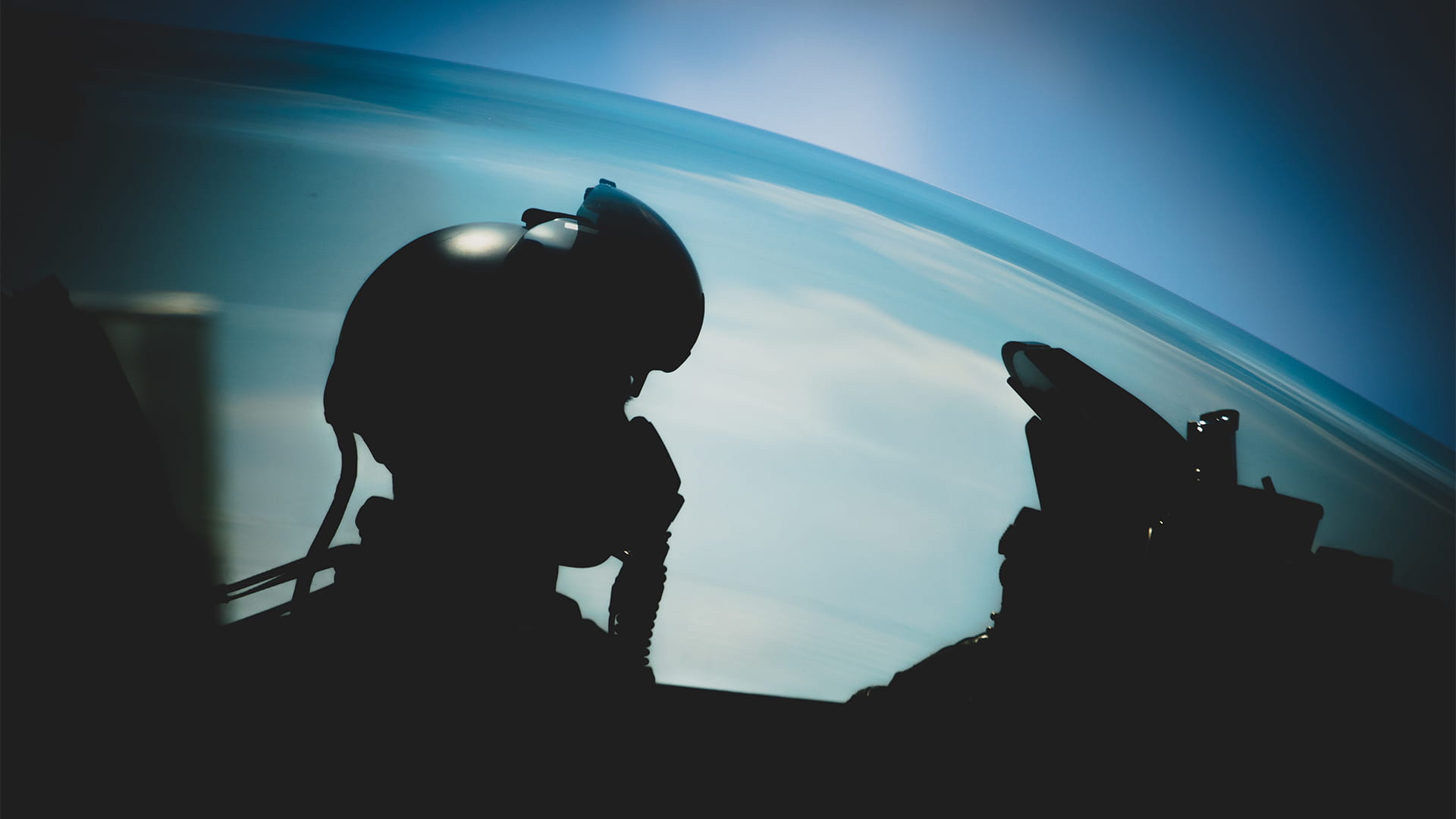May 14, 2018 - As you read this sentence, you are experiencing life at 1 G - gravity is pulling down on you at 32 feet per second squared. If you happen to be flying some aerobatics and executing a 3 G barrel roll right now, things are different. At 3 Gs, you're feeling triple the pull on every pound of your body and whatever is attached to it. That means a 150-pound airman with 50 pounds of flight gear would experience 600 pounds of force. During an ejection, you would experience at least 8 Gs of force on your body. An additional ejection hazard is wind blast -- the magnitude of which approaches that of a Category 5 hurricane.
Military aircrew wear specialized suits and train for this, because they routinely experience 5-6 Gs, or even up to 9 Gs in some scenarios. They use breathing techniques and muscle exercises to keep oxygen in their lungs and blood flowing through their brains. But innovative, new equipment for airmen means that flight suits and helmets are heavier, while the fundamentals of human physiology and gravity remain the same. Aircrew need help, and the evolution of ejection seats plays an especially important role in coping with extreme G forces.
In 2016 the United States Air Force introduced a new, groundbreaking helmet with night vision, a projector that displays live video on the visor, even custom fit and noise-canceling headphones - all incredible capabilities for the warfighter. But the new helmet weighed more than 5 pounds, and in an ejection scenario, every pound on an airman’s head translates to 9-12 times the amount of load on the neck. So, in effect, a 5-pound helmet can become 70 pounds of load on their head and neck. The Air Force recognized that ejection seats would have to compensate for this and other changes, and issued a set of requirements for a next generation seat.
At UTC Aerospace Systems, the ACES 5® team took on the challenge of developing advanced head and neck protection that meets every Air Force requirement, providing reliable stability and support during an ejection.
Designing such a system is a fascinating engineering challenge. During an ejection, an airman faces not only intense acceleration loads, but hundreds of miles an hour of wind force. Either can cause violent motions of the head, neck and limbs, which can result in severe injuries or death if not mitigated. And with modern aircraft flying faster than ever, this challenge has grown greater.
To tackle this challenge, the engineers, program managers, and others across UTC Aerospace Systems - including informal feedback from aircrew inducted into our grasshopper club - explored a variety of solutions.
Ultimately, the team opted to build on the reliable ACES II stability package, or "STAPAC" as one solution to these engineering challenges. With decades in service, the STAPAC uses a rocket to keep an ejection’s thrust moving through the seat’s center of gravity. This prevents pitch instability and is a smoother ride for the aircrew.
Another solution and important feature of ACES 5 is an improved drogue parachute deployment system, which deploys an initial stabilization chute as soon as the seat separates from the aircraft, maximizing stability and minimizing time exposed to high wind speeds.
To directly stabilize the head and neck, the team's research pointed toward a simple, passive, mechanical restraint system as the best option. When an airman ejects using an ACES 5 seat, the head and neck protection system deploys downward and remains rigid, providing a countermeasure to the windblast loads being exerted on their head and neck, and aiding in the prevention of whiplash or extreme head movements in any direction.
These solutions have been tested hundreds of times and performed as designed, making the ACES 5 seat a new standard for protecting aircrew. Airmen shouldn't need to choose between sophisticated warfighting helmets and the ability to safely eject in moments of last resort. With an ACES 5 seat by UTC Aerospace Systems, they don’t have to.
At UTC Aerospace Systems, we are former pilots, engineers, program managers, and production employees who care deeply about keeping all our airmen safe, securing them through ejections and enabling them with an ability to walk away from an ejection event. ACES 5 represents an extension of our 40-year commitment to protecting aircrew and builds on the record of our ACES II ejection seat. ACES II seats exhibit a world-class spinal injury rate of less than 1 percent and have saved the lives of more than 650 airmen to date. They already fly in the U.S. Air Force’s A-10 Thunderbolts, F-15 Eagles, F-16 Fighting Falcons, F-22 Raptors, B-1 and B-2 bomber fleets, and in all F-15s and F-16s worldwide. Building on this legacy, we know that with ACES 5, these aircraft - and the brave airmen in them - can only get safer.

